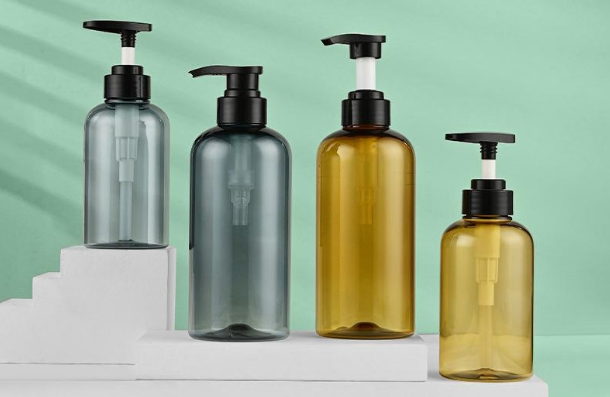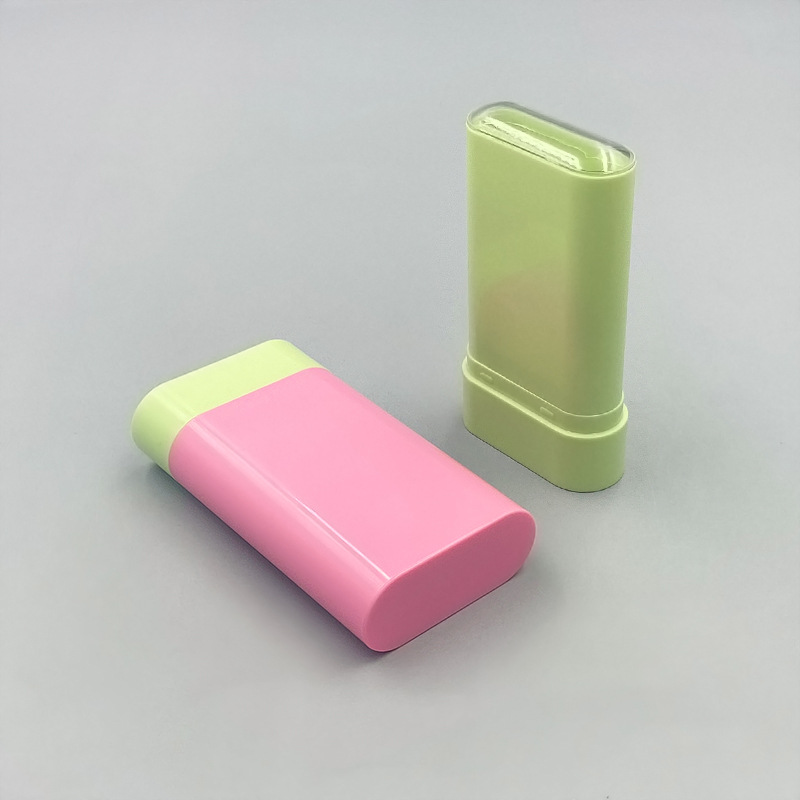En tant qu'accessoire d'emballage commun, Les pompes à lotion sont largement utilisées dans tous les industries comme les produits chimiques quotidiens et les soins personnels. Whether a client is choosing a lotion pump product, or a manufacturer is recommending one to a customer, factors such as bottle neck size, material compatibility, product viscosity/fluidity, dosage/output, packaging format and so on need to be considered.
So how to choose the perfect lotion pump for your product ? Cet article analysera les aspects suivants pour vous aider à faire un choix.
1- Select the Lotion Pump Based on the Bottle Neck Size
Lotion pumps and bottle necks typically use a screw thread fit, following a universal industry standard. Suppliers produce lotion pumps according to this standard, and customers select pumps based on these specifications.
Common neck diameters include 18mm, 20millimètre, 22millimètre, 24millimètre, 28millimètre, 33millimètre, and 38mm. Common thread finishes (specifications) are 400, 410, et 415.
In a seal and leakage testing, we fill the bottle with colored water or the product itself, use the pump head and adjust it to the appropriate torque for the specific neck size, lock down the pump head, place it horizontally, and subject to a vacuum test of -0.03 à -0.06MPa for 5 minutes (this range may vary based on client requirements).
After the test, there should be no leakage from the threads, the main body and cap connection, or the pump head itself.
Additionally, the screw thread and bottle neck must fit smoothly, with no stripping, binding, or misalignment.

Bottle necks are typically injection-molded, a process that ensures greater stability and higher precision in both the opening size and the thread. This level of accuracy is essential for meeting stringent sealing requirements.
When designing the bottle neck, several factors are typically considered:
1)- Shape: The neck’s outer shape is usually round. A round shape helps to maintain precise dimensions, ensuring a better seal with the cap and more consistent wall thickness distribution during the blow-molding process.
2)- Structure of bottle neck: Bottle necks are generally structured in one of two ways:
Threaded Structures: This design provides a superior sealing effect between the bottle and the cap. It is commonly used for pharmaceuticals, liquid beverages, and cosmetic packaging. When paired with various screw caps, security caps, sprayers, and pump heads, it offers a high degree of sealing reliability. The size and form of the thread can be customized to meet specific product needs.
Snap-on Structures: This design is frequently used for solid or paste-like products but can also be adapted for liquids. Its main advantages are user convenience and suitability for high-speed filling lines. Cependant, for liquid packaging, careful consideration must be given to the cap material, sealing structure, and interference fit to ensure reliable sealing.
3)- Bottle Neck Size (Diamètre): For PET bottles, the neck size is quite flexible. Cependant, for PP materials, which are better suited for wide-mouth bottles, the neck shouldn’t be too small. A narrow neck on a PP bottle can significantly impact its molding and the distribution of the bottle’s wall thickness.
As a general rule, the ratio of the bottle’s body diameter to its neck diameter should be less than 2:1.
TO BE CONTINUED…



